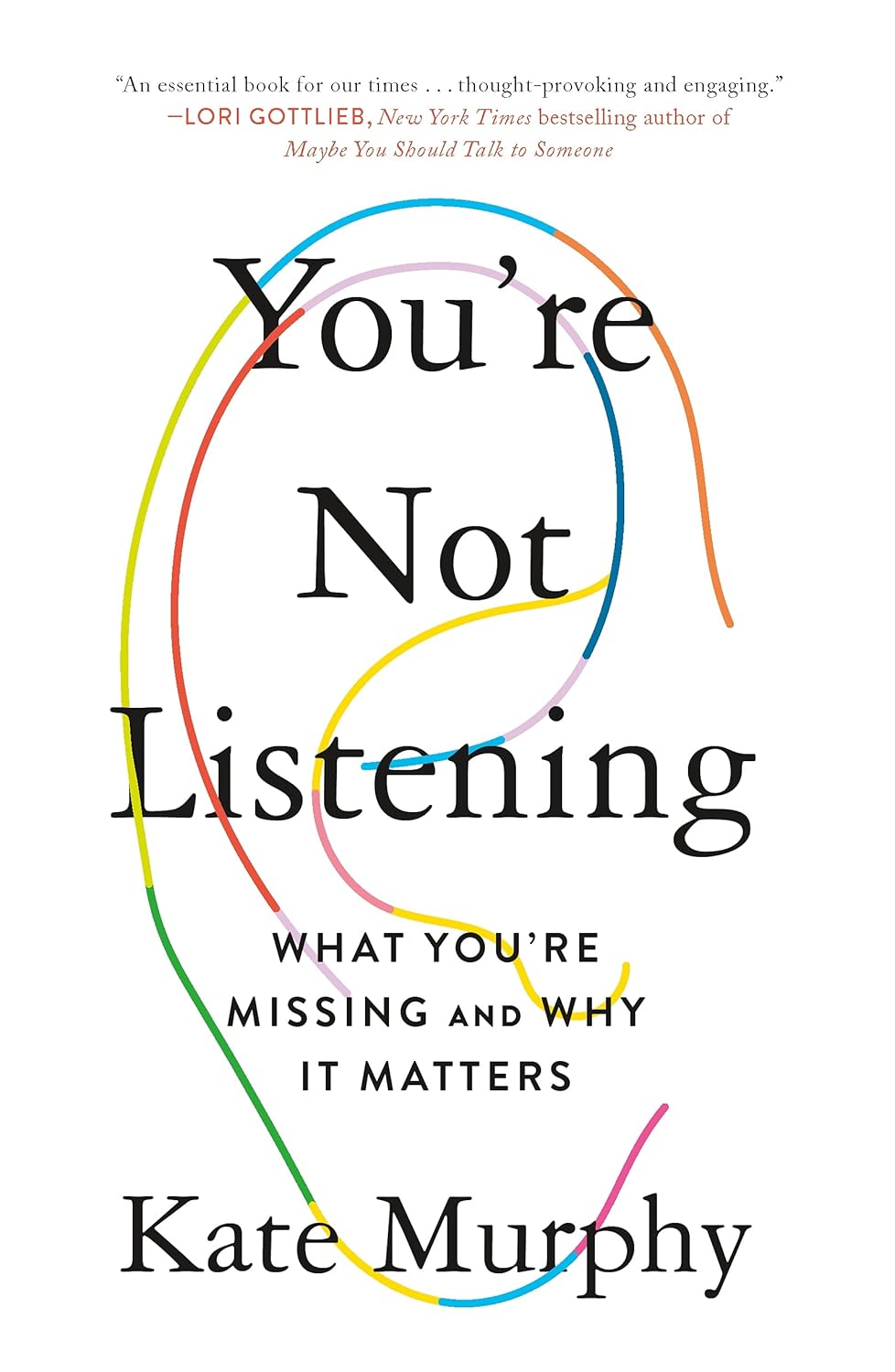Sentence Correction: Mastering the Art of Clear and Effective Writing
Sentence Correction: Mastering the Art of Clear and Effective Writing

In the world of writing and communication, clarity and correctness are paramount. Whether you're crafting an academic paper, writing a professional email, or composing a casual social media post, the ability to produce well-constructed, error-free sentences is crucial. This is where sentence correction comes in—a vital skill for ensuring that your messages are both grammatically sound and easy to understand.
In this article, we’ll explore the significance of sentence correction, common errors to look out for, and practical tips and strategies to improve your writing.
What is Sentence Correction?
Sentence correction refers to the process of identifying and fixing errors in sentence structure, grammar, punctuation, and overall clarity. This involves not only correcting basic mistakes but also improving the overall flow and coherence of your writing. The ultimate goal of sentence correction is to ensure that your sentences are grammatically correct, logically structured, and easy for readers to comprehend.
Why Sentence Correction is Important
-
Enhances Communication: Clear and precise sentences help convey your ideas more effectively. Whether you're writing an email to a colleague or preparing a report for work, well-constructed sentences ensure your message is understood.
-
Improves Professionalism: In professional and academic contexts, poor sentence construction can undermine your credibility. Incorrect sentences may give the impression that you lack attention to detail or are not proficient in the language.
-
Promotes Engagement: Readers are more likely to engage with text that is easy to read and understand. Well-corrected sentences keep the reader’s focus on the content rather than distracting them with errors.
-
Supports Clarity and Coherence: By ensuring your sentences follow logical structures, sentence correction helps maintain a coherent narrative or argument throughout your writing.
Common Types of Sentence Errors
Before diving into strategies for sentence correction, it’s helpful to know the types of errors you may encounter. Here are some of the most common sentence errors:
-
Grammatical Errors: These are mistakes related to the rules of grammar, such as subject-verb disagreement, incorrect verb tenses, or improper use of pronouns.
-
Example: She go to the store every morning. (Incorrect)
-
Correction: She goes to the store every morning. (Correct)
-
-
Punctuation Errors: Punctuation marks—such as commas, periods, semicolons, and apostrophes—play a key role in clarifying the meaning of a sentence. Missing or misplaced punctuation can cause confusion.
-
Example: Let's eat, grandma! (Correct meaning: inviting grandma to eat)
-
Incorrect: Let's eat grandma! (Implies you want to eat grandma!)
-
-
Run-On Sentences: A run-on sentence occurs when two independent clauses are improperly joined without proper punctuation or conjunctions. This can make sentences long, confusing, and hard to follow.
-
Example: I love to read I don’t have much time. (Run-on)
-
Correction: I love to read, but I don’t have much time. (Correct)
-
-
Fragmented Sentences: A sentence fragment occurs when a group of words lacks either a subject or a predicate, making it incomplete.
-
Example: Because I was late. (Fragment)
-
Correction: I missed the bus because I was late. (Complete sentence)
-
-
Misplaced Modifiers: A misplaced modifier is a word or phrase that is incorrectly positioned in a sentence, leading to confusion or ambiguity.
-
Example: She almost drove the car for an hour. (Implies that she almost drove for an hour but didn’t)
-
Correction: She drove the car for almost an hour. (Clarifies that she did drive for nearly an hour)
-
-
Parallelism Errors: When listing items or actions in a sentence, it’s important to keep the structure consistent. Failure to do so can result in awkward or unclear writing.
-
Example: I enjoy reading, writing, and to swim. (Incorrect)
-
Correction: I enjoy reading, writing, and swimming. (Correct)
-
-
Wordiness: Excessive word usage can clutter a sentence and make it less effective. Concise sentences are typically more powerful and to the point.
-
Example: In my opinion, I think that the report was a bit difficult to understand. (Wordy)
-
Correction: The report was difficult to understand. (Concise)
-
-
Ambiguity: Sometimes, sentences can be constructed in ways that leave their meaning open to interpretation. Clarifying these sentences ensures that readers will not be confused about what is being communicated.
-
Example: I saw the man with the telescope. (Did you use the telescope to see the man, or did the man have the telescope?)
-
Correction: I used a telescope to see the man. (Clarified meaning)
-
Tips and Strategies for Effective Sentence Correction
-
Read Aloud: One of the easiest ways to catch errors is by reading your sentences aloud. Hearing the words can help you identify awkward phrasing, missing words, or punctuation mistakes.
-
Use a Grammar Checker: While automated grammar checkers (like Grammarly or ProWritingAid) can’t catch everything, they are a helpful first line of defense for spotting basic grammar, punctuation, and spelling errors.
-
Focus on One Issue at a Time: If you’re trying to correct multiple types of errors (grammar, punctuation, structure), it may be overwhelming to do everything in one pass. Focus on one issue (like punctuation or subject-verb agreement) before moving on to others.
-
Check Sentence Length: Long sentences can become convoluted and confusing. Break up overly complex sentences into shorter, more manageable ones. This improves readability and keeps the focus on the main point.
-
Know Common Grammar Rules: Understanding the fundamental rules of grammar (subject-verb agreement, proper verb tense, etc.) can make the sentence correction process quicker and easier. Studying common mistakes can help you avoid them in the future.
-
Use a Thesaurus for Variety: Overusing the same words can make sentences sound monotonous. A thesaurus can help you find synonyms, but be sure to double-check that the synonym you choose fits the context of the sentence.
-
Be Concise: Avoid wordiness or redundant phrases. A concise sentence is usually clearer and more direct, making it easier for readers to understand your point.
-
Seek Feedback: Sometimes, a fresh set of eyes can catch errors you might have missed. Don’t hesitate to ask someone else to review your writing.
Practicing Sentence Correction
Sentence correction is a skill that improves with practice. Regularly reviewing your writing and applying the tips above can help you become more confident in your ability to spot and correct errors. You might also consider doing specific grammar exercises or working with a writing tutor to enhance your sentence correction skills.
Additionally, reading well-written material—whether it’s books, articles, or essays—can expose you to proper sentence construction and improve your overall writing style.
Conclusion
Mastering sentence correction is an essential skill for anyone who wishes to communicate effectively, whether in academic, professional, or personal contexts. By becoming familiar with common sentence errors and practicing strategies to fix them, you can improve your writing and ensure that your messages are clear, concise, and error-free. Remember, the goal of sentence correction is not just to avoid mistakes, but to enhance the clarity and impact of your writing—making your ideas shine through with precision and ease.




































































![https //g.co/recover for help [1-866-719-1006]](https://newsquo.com/uploads/images/202506/image_430x256_684949454da3e.jpg)























![How Smart PMs Scale Their Careers in Any Org [TPG Live Recap]](https://tpgblog.com/wp-content/uploads/2025/06/2025-06-12-thumbnail-action.png?#)
















































